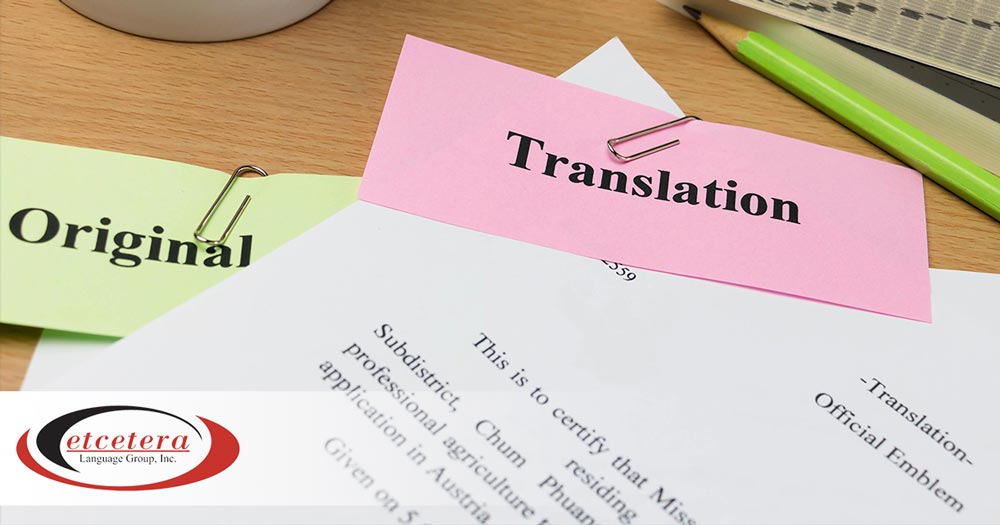
Why Hmong to English Translation Requires a Professional Touch
Understanding the Complexity of Hmong to English Translation
Translating between languages is rarely a simple word-for-word process, and this is especially true for Hmong to English translation. The Hmong language presents unique challenges due to its tonal nature, lack of a standard written form until the 1950s, and significant cultural distinctions that influence communication. For businesses, government agencies, healthcare providers, and other industries requiring precise translations, professional expertise is essential.
The Linguistic Challenges of Hmong Translation
1. Tonal Nature of Hmong
Hmong is a highly tonal language with eight distinct tones. This tonal complexity means that the same syllable can have multiple meanings depending on pitch and inflection. Unlike English, which relies primarily on syntax and word order for meaning, Hmong requires careful consideration of tone to ensure accurate interpretation.
2. Limited Standardization
Unlike English, which has a well-established dictionary and grammar structure, Hmong has multiple dialects with variations in vocabulary, pronunciation, and usage. The two most common dialects are White Hmong (Hmong Daw) and Green Hmong (Hmong Njua), and each has its own linguistic nuances. A translator must be well-versed in both dialects and their regional variations to ensure the correct translation for the intended audience.
3. Lack of Direct Equivalents
Certain words and phrases in Hmong do not have direct English equivalents. Many Hmong concepts are deeply rooted in cultural traditions, making it difficult to translate them in a way that fully captures their meaning in English. A professional translator must be adept at using contextual explanations or finding culturally appropriate equivalents.
4. Differences in Sentence Structure
Hmong and English follow different grammatical structures. While English relies on strict subject-verb-object order, Hmong is more flexible and often omits pronouns and verb tenses, relying on context to convey meaning. This structural difference requires a skilled translator to reconstruct sentences in English without losing the original intent.
Cultural Nuances That Impact Hmong to English Translation
1. Cultural Context and Meaning
Hmong communication relies heavily on cultural context, and phrases often carry meanings beyond their literal translations. For example, Hmong idioms and proverbs are deeply tied to Hmong history, traditions, and spirituality. A direct translation into English may render them meaningless or confusing without proper interpretation.
2. Honorifics and Respectful Speech
The Hmong language incorporates complex honorifics and levels of respect when addressing different individuals. Family hierarchy, social standing, and age influence how one speaks to another. A professional translator must be aware of these distinctions to avoid unintentional disrespect or miscommunication in formal documents or business communications.
3. Traditional and Modern Language Use
Many older Hmong speakers use traditional vocabulary, while younger generations may incorporate loanwords from other languages, such as English or Chinese. Additionally, the use of certain terms may vary depending on whether the translation is for religious, business, medical, or legal purposes. A skilled translator must be knowledgeable in both traditional and contemporary Hmong to provide an accurate translation that aligns with the intended audience.
Why Professional Translators Are Essential for Hmong to English Translation
Given the linguistic and cultural complexities involved, Hmong to English translation is not something that can be handled by automated translation tools or inexperienced bilingual speakers. Professional translators bring the following benefits:
1. Accuracy and Clarity
Professional translators ensure that every translated document maintains its original meaning while being grammatically and syntactically correct in English. This is crucial for industries such as healthcare, legal, and government, where even small errors in translation can have serious consequences.
2. Industry-Specific Expertise
Different industries require specialized terminology. Whether translating legal contracts, medical records, technical manuals, or business proposals, professional translators have the expertise needed to ensure precise terminology usage.
3. Cultural Adaptation
A professional translation service goes beyond literal word conversion by adapting content for cultural appropriateness. This ensures that messages resonate with English-speaking audiences while retaining the intent and impact of the original Hmong text.
4. Consistency Across Documents
Many organizations require consistent language use across multiple documents, especially when dealing with branding, marketing, or compliance materials. Professional translation services use glossaries and translation memory tools to maintain uniformity in terminology and tone.
5. Legal and Confidentiality Compliance
Many documents requiring translation contain sensitive or legally binding information. Professional translators adhere to strict confidentiality agreements and industry regulations, ensuring that client data remains secure and legally compliant.
Industries That Benefit from Professional Hmong to English Translation Services
1. Healthcare and Medical Translation
Medical documents such as patient records, consent forms, and prescription information require precise translation to ensure proper diagnosis, treatment, and patient care. A mistranslation in this field can have serious health implications, making professional expertise indispensable.
2. Legal and Government Documents
Immigration papers, court transcripts, contracts, and other legal documents require high levels of accuracy. Certified professional translators ensure that legal terminology is correctly interpreted, reducing the risk of miscommunication in legal proceedings.
3. Business and Corporate Communications
Companies engaging in trade, partnerships, or marketing efforts targeting Hmong-speaking audiences need clear and culturally adapted translations. Professional translation ensures brand messaging, legal agreements, and marketing materials are accurately conveyed in English.
4. Educational and Academic Translations
Schools and universities that serve Hmong-speaking students may require translations for educational materials, application forms, and administrative documents. Professional translation helps ensure that students and their families receive clear and accurate information.
5. Technical and Engineering Translations
Industries dealing with technical manuals, engineering specifications, and user guides need precise translations to prevent costly errors or safety hazards. Professional translators with technical expertise ensure documents retain their intended meaning and function.
Choose Etcetera Language Group, Inc. for Expert Hmong to English Translation
For businesses and organizations requiring reliable and professional Hmong to English translation, choosing the right translation provider is essential. At Etcetera Language Group, Inc., we specialize in document translation and desktop publishing services across a variety of industries. Our multilingual team is experienced in working with dozens of languages, including Hmong, ensuring accurate, culturally appropriate, and industry-specific translations.
Our commitment to accuracy, professionalism, and customer satisfaction makes us the preferred choice for businesses, legal professionals, healthcare providers, and corporations seeking expert translation services.
Contact us today to discuss your Hmong to English translation needs and discover how we can help your business succeed in a global market.
More...
Categorised in: Language Services





